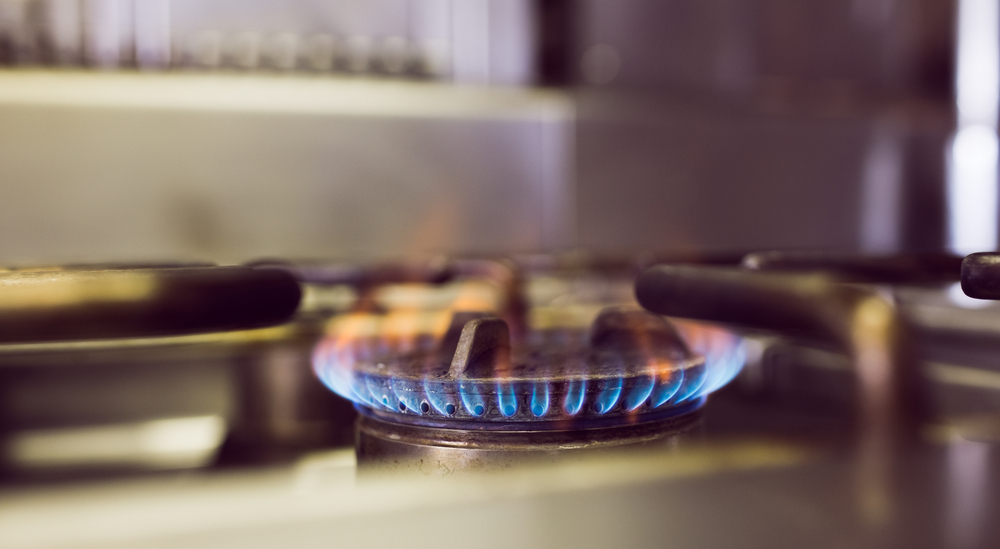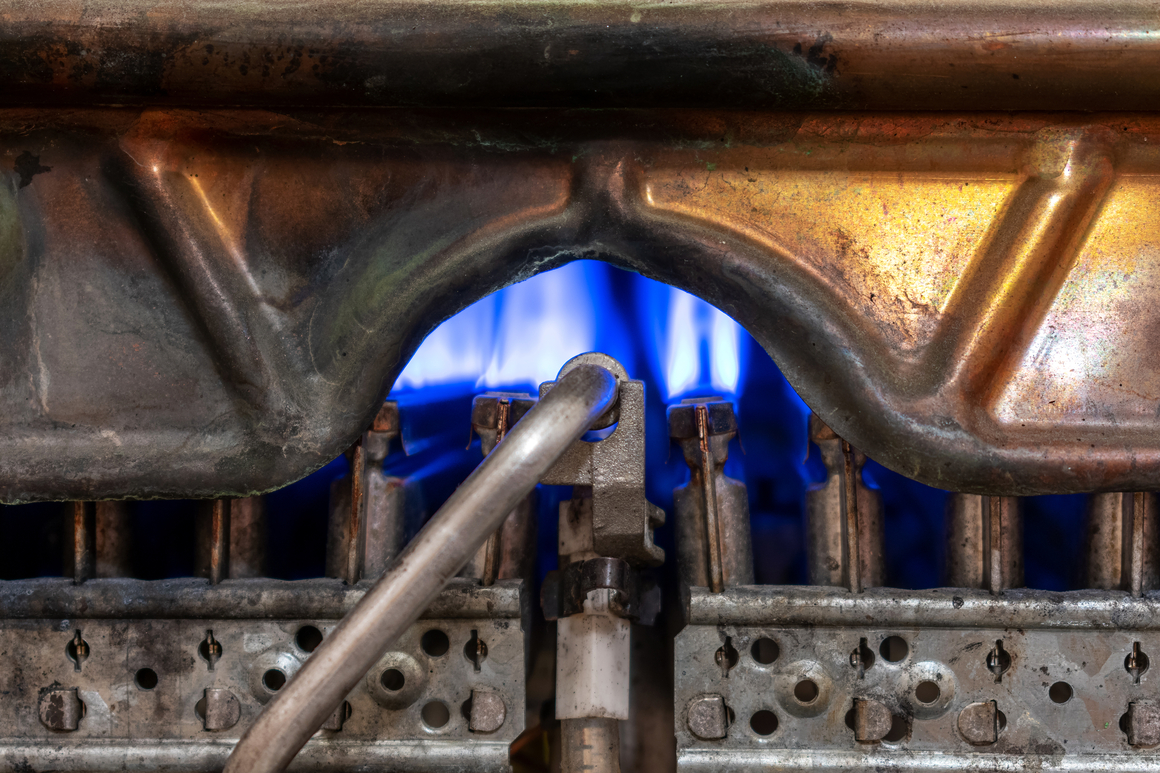Nitrogen Dioxide, Gas Stoves, and Your Health
Nitrogen dioxide, NO2, is a highly reactive oxidizing gas that contributes to smog, acid rain, and at high concentrations, serious lung damage. The many ways that nitrogen dioxide pollution, including from gas stoves, causes respiratory illness have been known and studied for decades.
Short term exposure to nitrogen dioxide causes:
- Irritation of eyes, nose and throat
- Inflammation of the airways
- Coughing and wheezing
- Shortness of breath
- Asthma attacks
Long term exposure to nitrogen dioxide can lead to:
- Respiratory infections
- Chronic lung disease
- Lung cancer
- Premature death
While we are typically used to associating nitrogen dioxide with heavy traffic and power plant pollution, research shows that indoor nitrogen dioxide pollution from gas stoves can have a serious impact on our health, too.
A 2008 study of asthmatic preschoolers in Baltimore showed that as nitrogen dioxide increased in their homes with stove use, there was an increase in the number of days with cough and even limited speech. A 2022 study showed that increased nitrogen dioxide pollution from stoves led to more hospitalizations among kids.
A recent literature review showed that 12.7% of current childhood asthma in the US is attributable to gas stove use. In California, Illinois and New York–states that have the highest rates of gas stove usage–the percentages of childhood asthma cases linked to gas stove use neared or exceeded 20%. This burden doesn’t fall equally on everyone. Research shows that gas stove use in densely populated apartment buildings has a more severe impact, and that households in low-income communities are burdened with higher indoor concentrations of air pollution.




